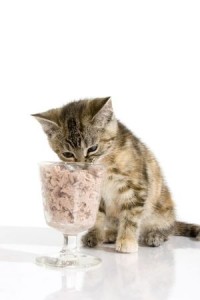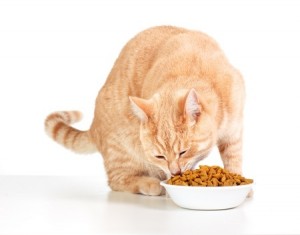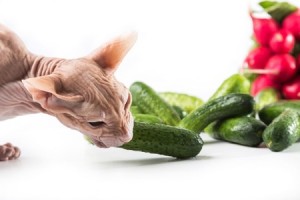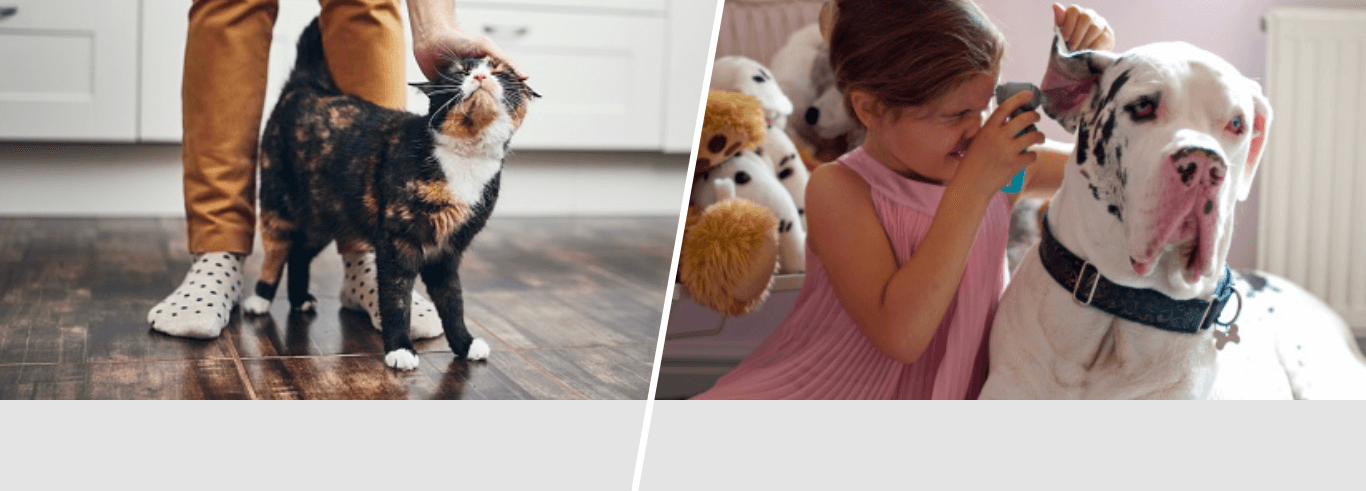How to choose the best cat food for your feline friend
A good diet is one of the most important factors to ensuring your cat is healthy and happy. But which is the best cat food?
There are so many choices available, with so many brands promising so many things, making the right selection can be a bit of a headache.
What does your cat need in their diet?
Owners will often choose cat food using two basic criteria: How much it costs and whether their cat seems to enjoy it.
This, however, doesn’t necessarily mean your cat is benefiting from a healthy diet.
Nicole Paley, of the Pet Food Manufacturers’ Association said: “Good nutrition is the pillar to good health and the right diet from the onset can reduce the risk of problems down the line.
“Cats have a high requirement for amino acids and more recent research has shown that adding antioxidants to a cat’s diet from an early age can be beneficial to help support various body systems as they age.
In fact, cats need 41 essential nutrients, varying depending on the breed, age and lifestyle.
Generally speaking, kittens need a high-protein and fat-rich diet to help them develop strong muscles, bones and teeth.
Because they are playful and energetic, they will burn through calories more readily than older cats.
Adult cats will need fewer calories, so that they do not gain too much weight, while senior cats will need a low-fat diet, with easily digestible proteins to ease the strain on their liver and kidneys.
The most important nutrients will be supplied by good-quality foods. Here’s what to look out for:
- Protein: To help the building of body tissues (including muscle), form for enzymes needed for body function and prevent diseases.
- Amino Acids: The parts that make up a protein. Cats have higher requirements for proteins and amino acids than dogs. Cats breakdown protein very rapidly and are unable to adapt when dietary supplies are low.
- Arachoadonic acid: A fatty acid that cats produce themselves thanks to their diet. Produced in animal fat and the reason cats cannot be vegetarian.
- Vitamin A: Unlike most animals, cats cannot make their own vitamin A, so it must be provided in their diet.
- Nicacin: A B-complex vitamin that cats struggle to make enough of naturally, so require plenty of it in their diet.
What are the different types of cat foods?
Good pet food will provide a balanced diet that allows your cat to grow healthily.
Complete cat foods have all the nutrients a cat needs, while complementary foods are used only as part of a cat’s diet – usually served as treats.
Both types of food will be clearly labeled, so you know what you’re getting.
Within these categories, there are several types of foods available:
- Wet foods: Food with high moisture content, usually stored in cans or pouches. The food is usually a meat with gravy or jelly.
- Dry foods: Packed in bags or boxes, this food comes in the form of pellets, flakes or biscuits. Dry food contains meat that has been added fresh or dried.
- Semi-moist: Similar to dry food but with a more chewy texture. These are often regarded as treats.
- Frozen food: Some brands offer frozen raw products that can be either complete or complementary.
If your cat eats only dry food, then he or she will need regular access to drinking water to prevent dehydration.
Many owners choose to mix and match wet and dry foods, to help keep their cat hydrated.
Whichever you chose, always follow the feeding guidelines on the packet, or instructions from your vet if your cat has special dietary requirements.
How to introduce a cat food change
Firstly, it is essential to make the switch gradually, over a few days so that you precious pet does not resist the change or, even worse, refuse to eat.
If you can, and time will allow it, start by adding 10 per cent of the new food and mix it with the one they are most used to.
The following day add another 10 per cent and continue to build this up until you have phased out their former.
Once you’ve done that, if they are not keen on the new diet, try warming the food in the microwave for 30 seconds to make it more homely.
Unless your cat won’t eat one type of food, it can be a good idea to get them to eat a variety of foods – including canned, dry and raw food – so they don’t become accustomed to just one type.
Canned food is made up of more than 50 per cent water, so it will provide plenty of fluids and can help to prevent urinary issues. Dry food is also good for your pet’s teeth, whilst cooked or raw pieces of beef can be good for their dental health too.
The three stages of diet change for your cat
As a kitten: The food they eat in this period is required for growth, meaning more protein and calories are needed to meet their daily needs.
Adulthood: This is a stage of life where you should think of food as being a maintenance tool, so ensure you don’t give you cat too much and risk making them obese.
Seniority stage: In their older years, cats can see medical issues crop up which mean dietary changes are essential. If your precious pet has joint pain or arthritis, their diet may need foods with more glucosamine and fatty acids like DHA and EPA.
Cat feeding tips
- Adjust the amount you feed to keep your cat’s body in good shape – don’t overfeed or underfeed.
- Avoid giving out too many treats or feeding cat human foods.
- Cats cannot eat dog food, and vice-versa.
- Clean, fresh water should always be available.
- Keep water and food bowls clean. Wash and store them away from human kitchen supplies.
- Replace plastic bowls intermittently.
Some foods are toxic to cats, and should not be fed to your pet. The best bet is to stick only to cat food. Never give a cat chocolate, alcohol, coffee or tea, grapes, yeast, eggs or liquorice. Cats should not drink the milk humans enjoy, you can buy specialist milk for cats.
The rules for feeding your cat
Cat food manufacturers are required by law to include a list of information on packaging.
All reputable brands comply with this, so if something’s missing, steer clear.
Labels should include:
- Direction and description, including whether the food is complete or complementary, the species the food is for and feeding instructions.
- Analysis of constituents, listing percentage of protein, fats, fibre, etc.
- A list of additives such as preservatives, antioxidants or colouring.
- Vitamins – if vitamins A, D or E are added, this must be declared.
- Best before date and batch number.
- Net weight.
- Name and address of manufacturer.
Choosing the right food for your cat is important, as it keeping your feline friend protected with Argos Pet Insurance provided by Pinnacle Insurance plc. Explore our cat insurance policies today.







